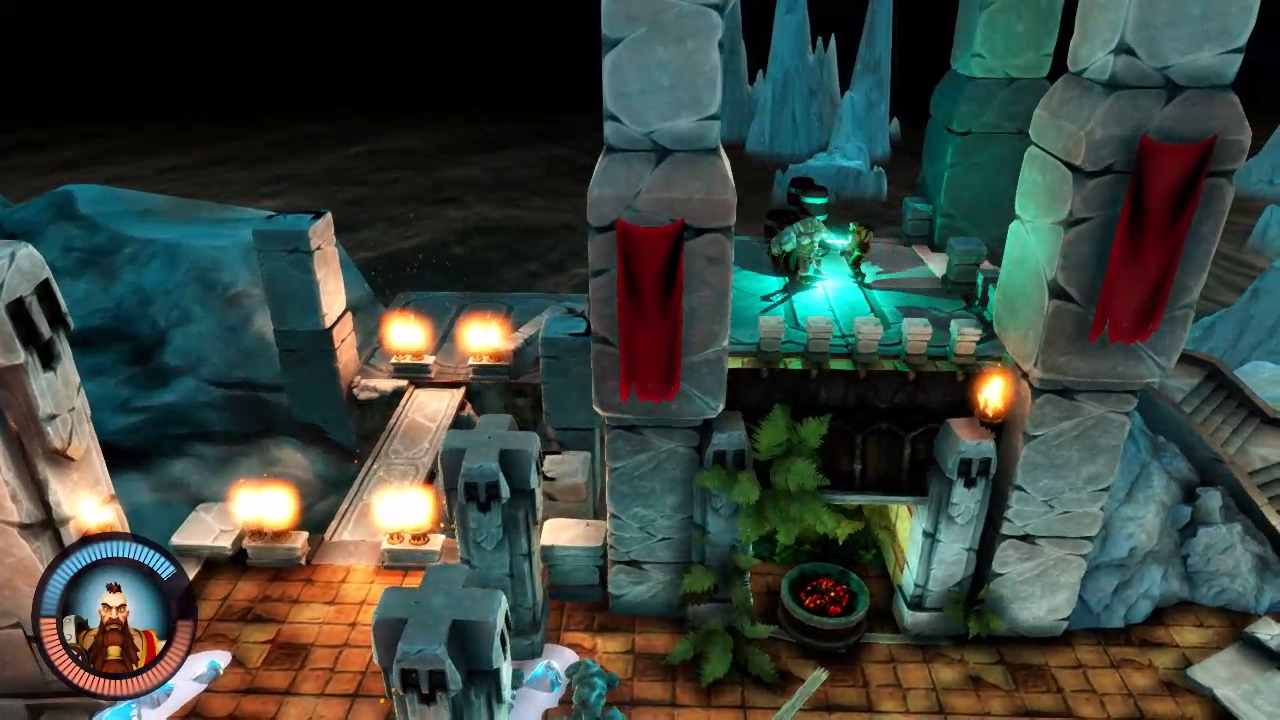- Course
Building AI-driven Characters Using Playmaker in Unity
In this course, you will learn to understand AI character behavior by building a small game with a state-driven UI, a point and click character control system, and an enemy character driven by Navmesh and Animator movement.

- Course
Building AI-driven Characters Using Playmaker in Unity
In this course, you will learn to understand AI character behavior by building a small game with a state-driven UI, a point and click character control system, and an enemy character driven by Navmesh and Animator movement.
Get started today
Access this course and other top-rated tech content with one of our business plans.
Try this course for free
Access this course and other top-rated tech content with one of our individual plans.
This course is included in the libraries shown below:
- Core Tech
What you'll learn
It can be difficult to visualize something as abstract as the behavior of an AI character in a game, let alone implement the code to make it work. In this course, Building AI-driven Characters Using Playmaker in Unity, you will use Playmaker to build a working UI. First, you will implement a point-and-click player control system driven by Navmesh. Then, you will add a ‘brain’ inside an enemy character, all without writing a line of code.Finally, you will sketch out a flow diagram of state-driven behavior, then add actions to that diagram to get the gameplay working for real. By the end of the course, you will know how to prototype your own games using Playmaker. Required Software: Unity 2017 and Playmaker.

